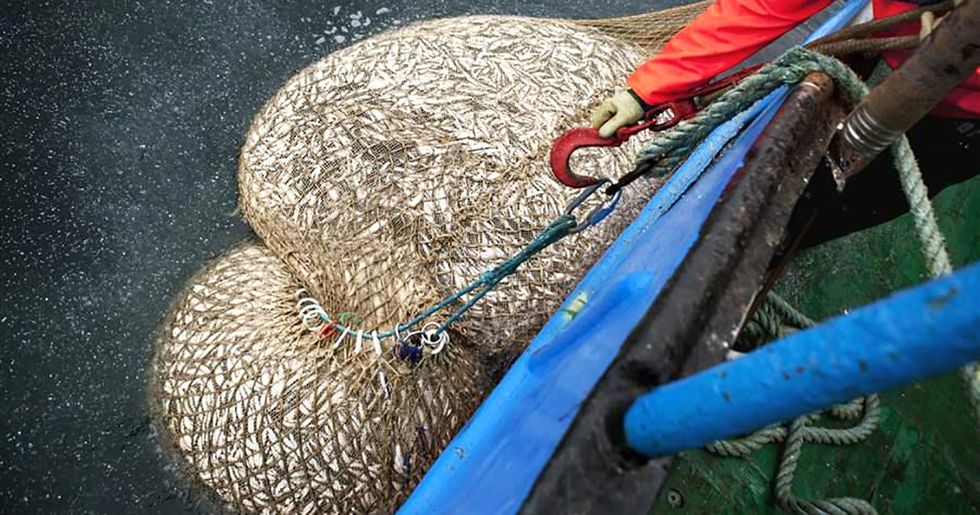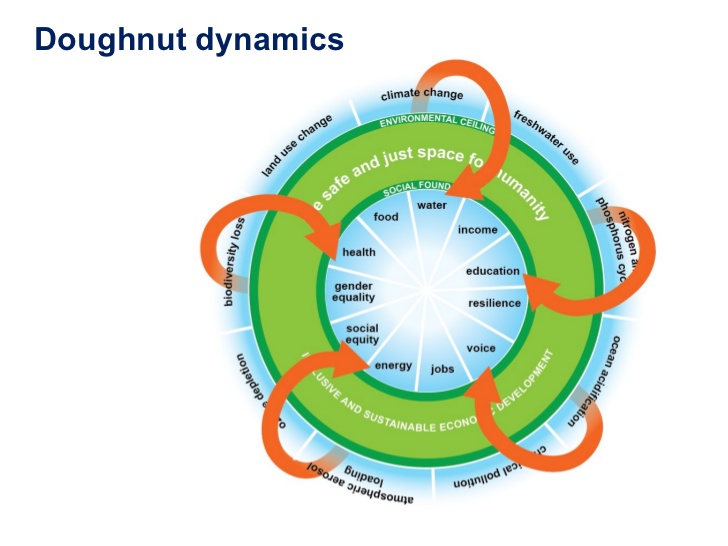Microalgae Set to Rescue Bottom Dwellers

Microalgae are prolific single-celled organisms that use sunlight, water and carbon dioxide for growth. Traditionally they were used for health foods, however, their use has expanded to include production of algal oil. Their adaptation to a wide range of aquatic systems has literally placed them in mankind’s hands or rather watery tanks.
In more recent times, with the looming threat of climate change and several exceeded planetary boundaries, the carbon capture ability of microalgae combined with their prolificity and multi-use potential, makes microalgae a primary candidate for sustainable cultivation.
The greatest demand for algal oil is in the aquaculture industry, where demand for fish is projected to hit 30 million metric tonnes by 2030. Underlying this demand is the threat of depletion of marine forage fish stocks. These are expected to be non-existent by 2040, if consumption continues unchecked. Traditional aquafeed production competes with the fish industry. An estimated 90% of bottom dwelling fish and other creatures captured for aquafeed input are human consumable (Sarker, Kapuscinski, Vandenberg, Proulx, & Sitek, 2020).
In response to declining pelagic fish and other bottom dwellers, fish feed producers turned to vegetable oils such as soya, corn and canola. Sadly, these have much lower proportions of essential fatty acids (fatty acids that cannot be synthesized by animals but must be taken via diet). Also, the production of vegetable oils, especially soy oil, is associated with land clearing – a threat to biodiversity.
Algal oil is slowly (and at times quickly) proving to be the right compromise between marine sources and land-based crops for essential components of aquafeed. Algal oil is treasured for its high essential fatty acid content and multiple uses, ranging from animal feed to medicinal components. Additionally, microalgae digestibility is comparable to that of regular aquafeed, so, aquaculturalists have the option of direct feeding or obtaining algal oil-infused feed. Of note, is that essential fatty acid proportions in fish depend on the amount and quality of essential fatty acids in fish diets (Sarker et al., 2020). Therefore, to meet the essential fatty acid need of human beings whether through diet or supplements, fish diets have to have sufficient essential fatty acids.
Renowned companies such as TESCO have even gone as far as encouraging its aquaculture fish suppliers to use algal oil. Also, several aquafeed producers such as Veramaris, BioMar and ADM have put their money where their mouths are – they are pioneering algal oil based aquafeed.
Unfortunately, the cost of algal oil production hinders scaling up. One kilogram of microalgae for instance, costs at least US$330 (Hemaiswarya, Raja, Kumar, Ganesan, & Anbazhagan, 2011). Large scale production requires high-end photoreactor technologies to ensure lighting. This is important as microalgae are slow growers, requiring an abundance of light to hasten growth.
Nevertheless, the essential nutrient value of algal oil combined with its multiple use and carbon capture ability, along with its potential to reduce competition for marine forage fish, make microalgae a sustainable resource that should be prioritized for substituting marine sources.
References
Hemaiswarya, S., Raja, R., Kumar, R., Ganesan, V., & Anbazhagan, C. (2011). Microalgae: A sustainable feed source for aquaculture. World Journal of Microbiology and Biotechnology, 27, 1737-1746. doi:10.1007/s11274-010-0632-z
Sarker, P. K., Kapuscinski, A. R., Vandenberg, G. W., Proulx, E., & Sitek, A. J. (2020). Towards sustainable and ocean-friendly aquafeeds: Evaluating a fish-free feed for rainbow trout (Oncorhynchus mykiss) using three marine microalgae species. Elementa: Science of the Anthropocene, 8. doi:10.1525/elementa.404
